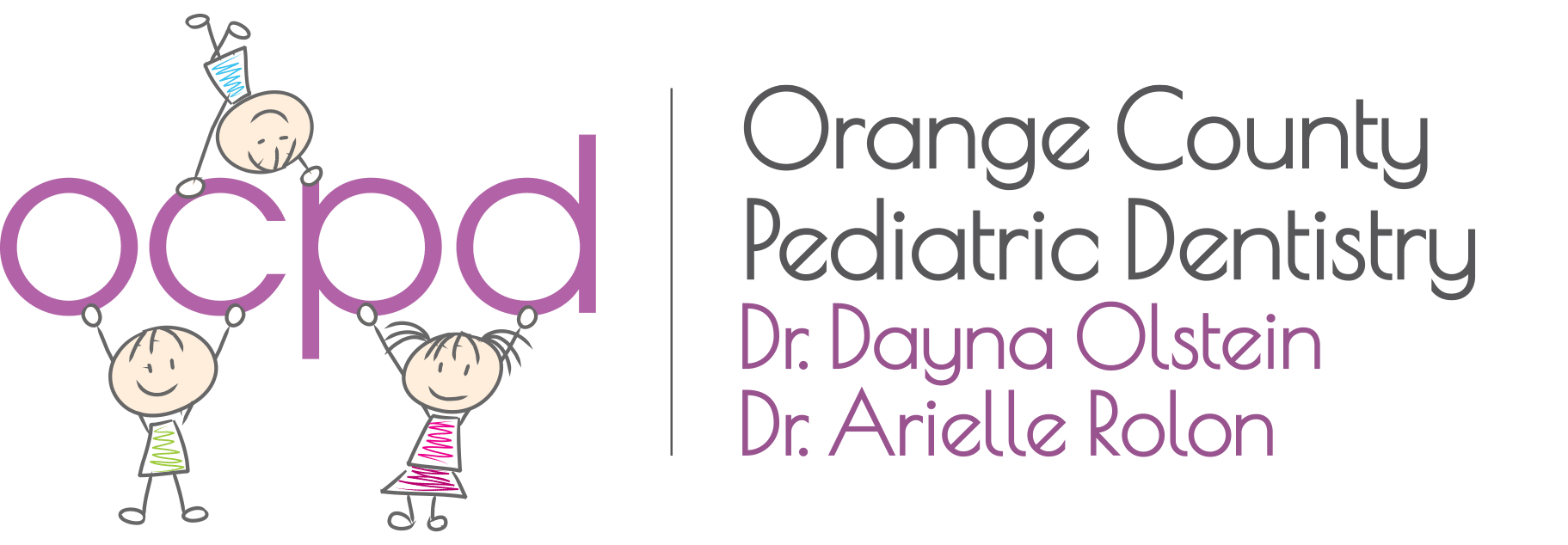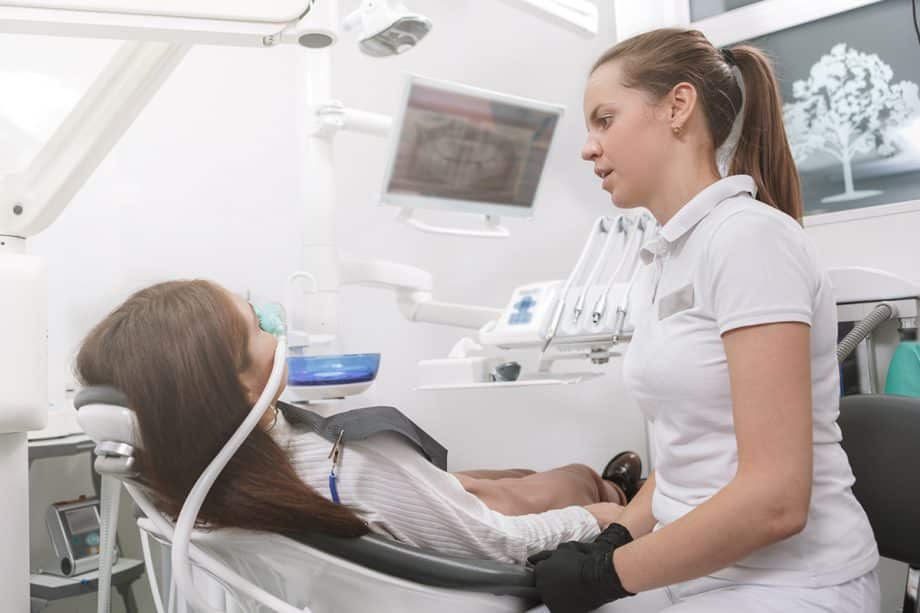Dental anxiety and fear are quite common, especially in children. So many new sights, sounds, and experiences take place on a trip to the dentist that the environment may seem a bit overwhelming.
Sedation dentistry offers a solution. Patients can have a calm and comfortable dental experience that will help build the foundation for a lifetime of good oral health. Let’s take a look at how it works.
Types of Sedation Dentistry
Most pediatric dentists offer a couple of different types of sedation, as one patient's needs may be different from another. Below is a closer look at three of the most common types used and how they work with young patients.
Nitrous Oxide
Nitrous oxide is often referred to as laughing gas. It is a widely used method of sedation for patients of all ages. This is because it is so effective and very safe with little to no side effects.
A small mask is placed over the nose and the nitrous oxide, mixed with oxygen, is released. It is inhaled and begins to sedate the patient within minutes. Some may experience tingling or heaviness in their arms and legs while others may feel a little lightheaded.
The result? Your child is calm and relaxed, getting through the procedure as comfortable as possible.
As soon as the mask is removed, the effects of the nitrous oxide will wear off quickly without any lingering symptoms.
IV Sedation
IV sedation is general anesthesia that is used for surgical patients, those who have high levels of anxiety, or those who have special needs. It involves the use of medications that help the patient go to sleep during their treatment, making getting through it a breeze.
Does Sedation Dentistry Reduce Pain?
One misconception among patients of all ages is that sedation reduces pain.
The important thing to note is that these sedation methods are not used to reduce pain. Without them, the patient will not feel any pain as local anesthetics work beautifully to numb the area and keep away any unwanted feelings for the duration of the procedure.
Sedation works to calm the nerves. It may be the perfect option for anyone nervous, scared, uncomfortable, or has difficulty sitting still.
Frequently Asked Questions about Sedation Dentistry
What is the safest method of sedation for children?
Nitrous oxide is considered the safest method of sedation for young patients as it has little to no side effects.
Is a child put to sleep for a root canal?
Local anesthesia is used during a root canal. If needed, sedation may also be used.
Sedation Dentistry in Monroe, NY
Do you think that sedation dentistry will benefit your child? Talk to the team at Orange County Pediatric Dentistry. Our goal is to make sure our patients are as comfortable as possible every time they come into our office. Sometimes that means taking advantage of sedation methods during dental procedures.
To learn more or to schedule an appointment, contact us today at 845-928-2206 .


